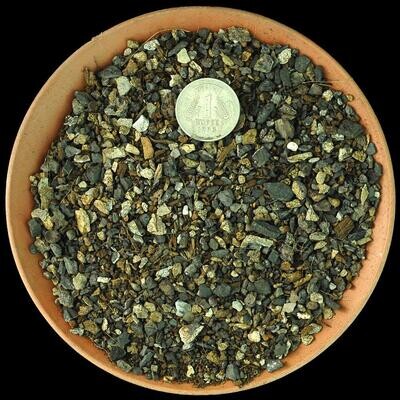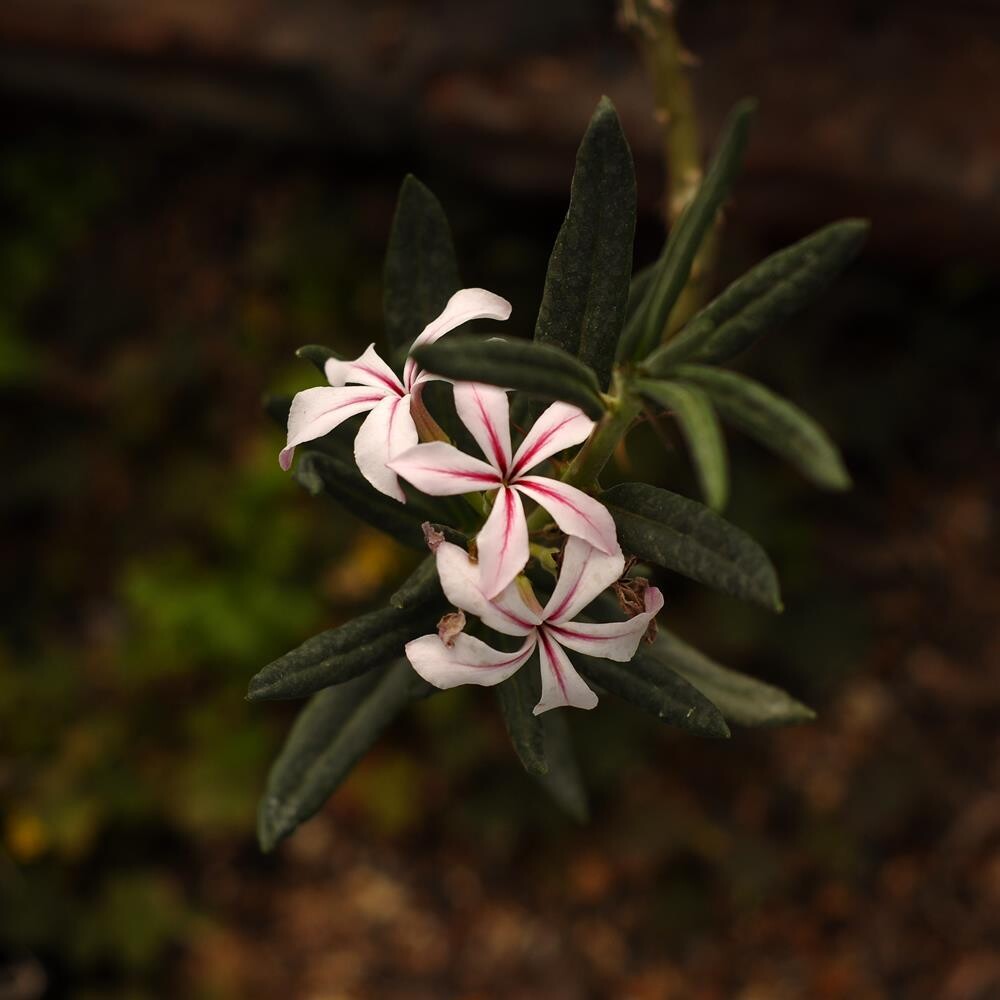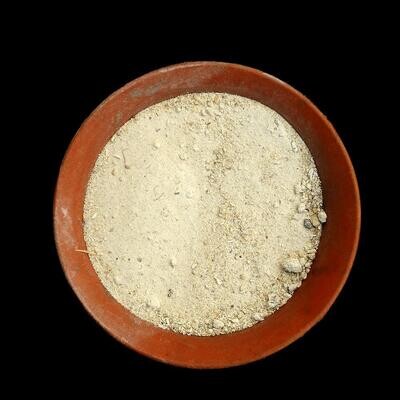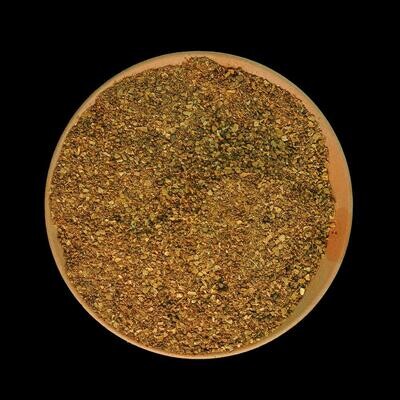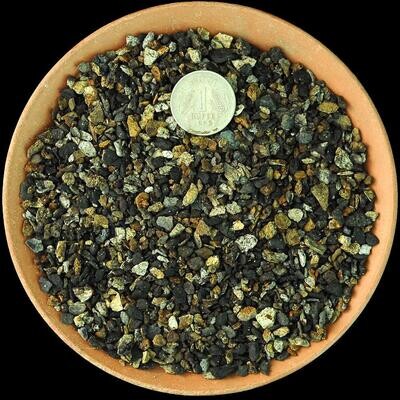Please check the Shipping Updates Page for information on shipping.
Pachypodium succulentum
Rooted plant. Blooms every summer.
1. Etymology: The name Pachypodium succulentum is derived from Greek and Latin origins. "Pachypodium" comes from the Greek words "pachys," meaning "thick," and "podium," meaning "foot," referring to the plant’s thick, swollen base or caudex. "Succulentum" is a Latin term indicating that the plant is succulent, meaning it has thick, fleshy tissues adapted to store water.
2. Origin of Plant: Pachypodium succulentum is native to the arid and semi-arid regions of South Africa, particularly found in the Eastern Cape, Free State, and Northern Cape provinces. These environments provide the rocky, well-drained conditions that Pachypodium succulentum thrives in.
3. Technical Description:
- Family: Apocynaceae
- Genus: Pachypodium
- Species: succulentum
- Form: Caudiciform succulent with a thick, swollen base (caudex) that stores water, giving it a unique appearance.
- Stem: The central stem is thick and woody, producing long, thin, and spiny branches. The branches are green when young and become woody with age.
- Leaves: Leaves are lanceolate (spear-shaped), green, and tend to grow in clusters at the tips of the branches.
- Flowers: Produces large, tubular, pink to magenta flowers with five petals. The flowers are often fragrant and form at the ends of the branches.
- Blooming Period: Typically blooms in late spring to summer.
- Fruit: Produces long, slender pods containing numerous seeds if pollinated.
4. Conservation Status: Pachypodium succulentum is not currently listed as threatened or endangered. However, like many succulents native to specific regions, it can face threats from habitat destruction and illegal collection. Responsible cultivation and propagation practices help preserve natural populations.
5. Care Instructions:
- Light: Requires bright, direct sunlight for optimal growth. It can tolerate partial shade but prefers full sun.
- Water: Water sparingly, allowing the soil to dry out completely between waterings. During the winter dormant period, water very lightly to prevent the caudex from shriveling.
- Soil: Prefers a well-draining soil mix, such as a combination of cactus soil with added perlite or pumice for improved drainage.
- Temperature: Thrives in warm temperatures, ideally between 20-30°C (68-86°F). Protect from frost and temperatures below 5°C (41°F).
- Humidity: Prefers low humidity and good air circulation to prevent fungal issues.
- Fertilizer: Feed with a diluted, balanced fertilizer formulated for cacti and succulents every 4-6 weeks during the growing season (spring and summer).
- Propagation: Propagate through seeds or cuttings. If propagating by cuttings, allow the cut end to callous over for several days before planting in a well-draining soil mix.
